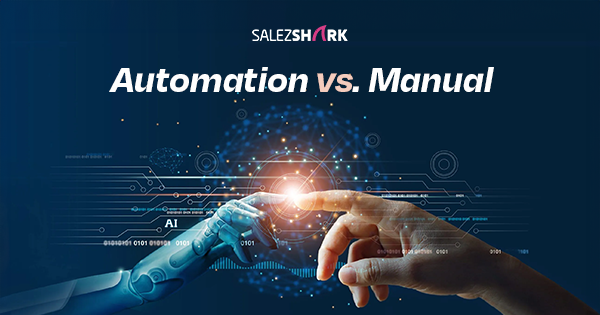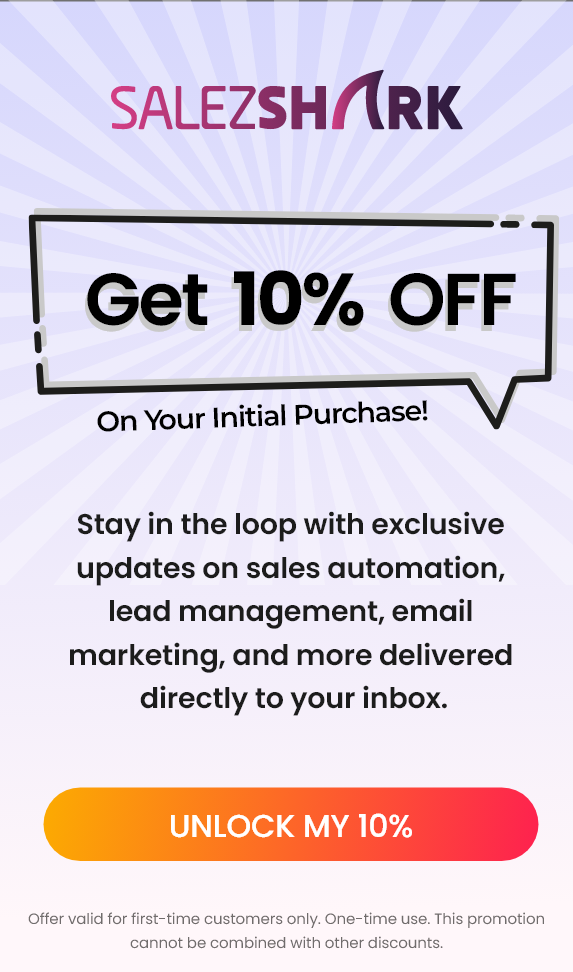When it comes to email marketing, one of the most important decisions you will face is whether to automate your email sequences or handle them manually. Both approaches have their pros and cons, and what’s best for your email sequencing depends on several factors, such as your business size, the type of audience you are targeting, and the level of personalization you aim to achieve. In this blog, we will break down the key differences between automation and manual email sequencing, helping you decide what’s best for your email sequencing.
What is Email Sequencing?
Before diving into automation vs. manual methods, let’s quickly define email sequencing. An email sequence is a series of pre-planned emails sent to a specific group of people over time. These sequences are typically designed to nurture leads, build customer relationships, or encourage sales. How you send these emails can either be automated or done manually.
Manual Email Sequencing
Manual email sequencing involves crafting and sending each email individually. Every message is created and customized by hand, often with a personal touch.
Advantages of Manual Email Sequencing:
- Personalization: Since you’re manually writing and sending each email, you can tailor the content to the recipient’s specific needs, making them feel valued.
- Flexibility: You can easily make changes on the fly. If a new promotion or product update arises, you can quickly adjust your messaging.
- One-to-One Interaction: With manual emails, it’s easier to have direct, meaningful conversations with customers, making it feel less like a mass marketing tactic.
Disadvantages of Manual Email Sequencing:
- Time-Consuming: Writing and sending each email individually takes a lot of time, especially if you have a large email list. You could spend hours drafting emails when you could be focusing on other tasks.
- Inconsistent Timing: Without automation, there’s a risk of missing scheduled emails or delays in delivery, which can make your communication seem unprofessional.
- Hard to Scale: As your business grows, manually sending emails becomes almost impossible. Managing hundreds or thousands of contacts manually can lead to mistakes and missed opportunities.
Automated Email Sequencing
Automated email sequencing uses software to send pre-scheduled emails automatically. You set up the emails in advance, define triggers (like a signup or purchase), and the system handles the rest.
Advantages of Automated Email Sequencing:
- Saves Time: Automation allows you to set up your emails once and then let them run on autopilot. This frees up time for other tasks while still delivering consistent messages to your audience.
- Consistency: Automated email sequences ensure that emails are sent at the right time, every time. You don’t have to worry about forgetting to send an email or missing an important deadline.
- Scalability: Whether you have 100 or 10,000 subscribers, automation can handle large volumes of emails effortlessly, making it ideal for growing businesses.
- Data-Driven Adjustments: Most email automation tools provide data analytics, such as open rates, click-through rates, and engagement metrics. This data helps you adjust your email strategies over time for better results.
Disadvantages of Automated Email Sequencing:
- Less Personalization: Automation often lacks the personal touch of manually crafted emails. While some personalization is possible, such as including a recipient’s name, it’s not the same as writing a personalized message for each person.
- Setup Time: While it saves time in the long run, setting up an automated email sequence can be complex initially. You need to plan the entire sequence, write all emails in advance, and set up triggers.
- Risk of Being Seen as Spam: Since automated emails can feel more generic, there’s a higher risk that your recipients might view them as spam or simply ignore them.
What’s Best for Your Email Sequencing?
Now that we’ve looked at both manual and automated methods, the big question is: what’s best for your email sequencing? The answer largely depends on your business needs and available resources.
- Small Businesses or Solopreneurs: If you have a small customer base and want to build deeper relationships with your contacts, manual email sequencing may be best for your email sequencing. You can craft personal, tailored messages for each customer without the need for automation.
- Medium to Large Businesses: For businesses with a larger audience or limited time, automated email sequencing is likely the best for your email sequencing. It ensures that every lead or customer receives timely and consistent emails without requiring constant manual effort.
- Hybrid Approach: In some cases, a combination of both approaches is best for your email sequencing. For instance, you can automate your general welcome series or promotional emails but send out personalized emails manually when it comes to high-value leads or customers who need special attention.
Also Read- Best Email Follow Up Tool
How to Optimize Your Email Sequencing
Regardless of whether you choose automation or manual methods, here are a few tips to ensure your email sequences are effective:
- Segment Your Audience: Divide your email list into smaller segments based on behavior, interests, or demographics. This allows you to send more targeted emails, improving engagement whether you’re using manual or automated sequences.
- Test and Adjust: Regularly monitor the performance of your email sequences and make adjustments as needed. If certain emails have low open or click rates, try changing the subject line or call-to-action to improve performance.
- Include Personalization Where Possible: Even in automated emails, include some level of personalization. Using the recipient’s name or referencing past purchases or interactions can make the email feel more relevant.
- Stay Consistent: Whether manual or automated, make sure your email sequences are consistent in tone, branding, and messaging. Consistency helps build trust with your audience.
Conclusion
Ultimately, it depends on the size of your business, the volume of emails you send, and the level of personalization you need. Manual email sequences offer a personal touch, but automation saves time and ensures consistency. For most businesses, a hybrid approach, combining the strengths of both methods, may provide the best results. By carefully considering your needs and resources, you can choose the best method for your email sequencing and see better engagement, productivity, and ROI from your email campaigns.

